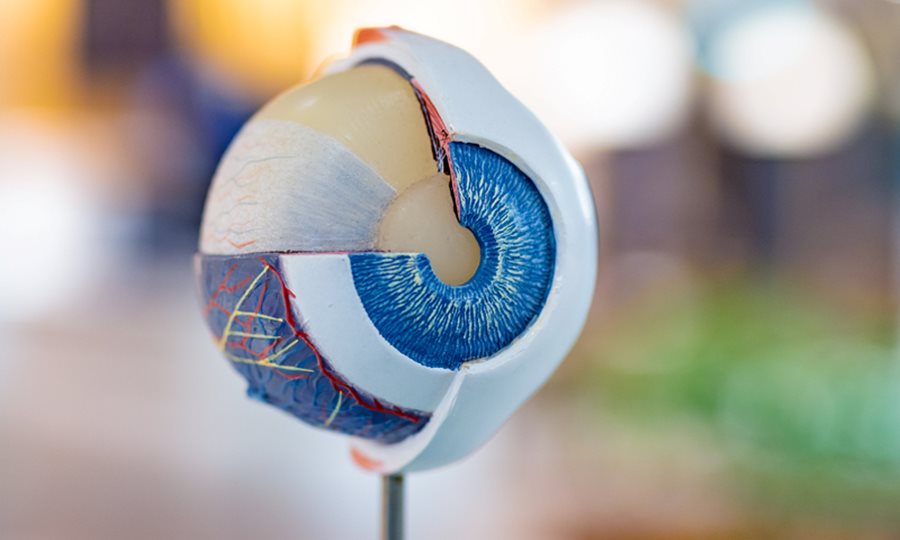They now have a novel ‘adaptive optics’ imaging device at the Department of Ophthalmology of the Radboud University Medical Center. With this modern device, the retina can be imaged to an exquisite level of detail. Even individual cone cells can be visualized! By using adaptive optics in patients with inherited retinal diseases, we can better understand how these diseases develop. Moreover, such highly detailed imaging provides an opportunity to better measure the effect of novel treatments on the structure of the retina: good news for Astherna!
The acquisition of this device was made possible in part by a patient crowdfunding campaign in collaboration with the Dutch Eye Research Foundation. Astherna can use this device from Radboudumc for her research.
What is ‘adaptive optics’?
Adaptive optics is a way of taking pictures that was originally invented in astronomy. Disturbances in the light are filtered out by means of special mirrors. In the case of telescopes, for example, this concerns vibrations in air layers of the atmosphere. By correcting for this, much sharper photos can be taken. This technique can be used to capture very large objects that are very far away (such as stars) or to capture very small objects that are very close (cones in the retina).
What can you see in a photo taken with such a camera?
With adaptive optics we can count cones on small surfaces of the retina. For example, we can measure again after a year to see whether the number of cones has remained the same or has decreased. Until now, we could only measure larger structural changes in the retina. Changes at the level of individual retinal cells provide new information about the health of the retina, sometimes even before someone notices that their vision is getting worse or better.
Below you find a photo of a healthy person’s retina, taken with adaptive optics. In this photo you can see a lot of small globules. These globules are cone cells. When there is damage to the retina due to disease, these globules are no longer visible and the retina is blurred instead.
Department of Ophthalmology Radboudumc | Principal investigator prof. C.B. Hoyng
A future endpoint for clinical trials?
Such detailed imaging offers the possibility to better measure the effect of new treatments on the structure of the retina. Since structural changes often precede loss of function, changes in photographs taken with adaptive optics hold promise as a new endpoint for future clinical trials.




